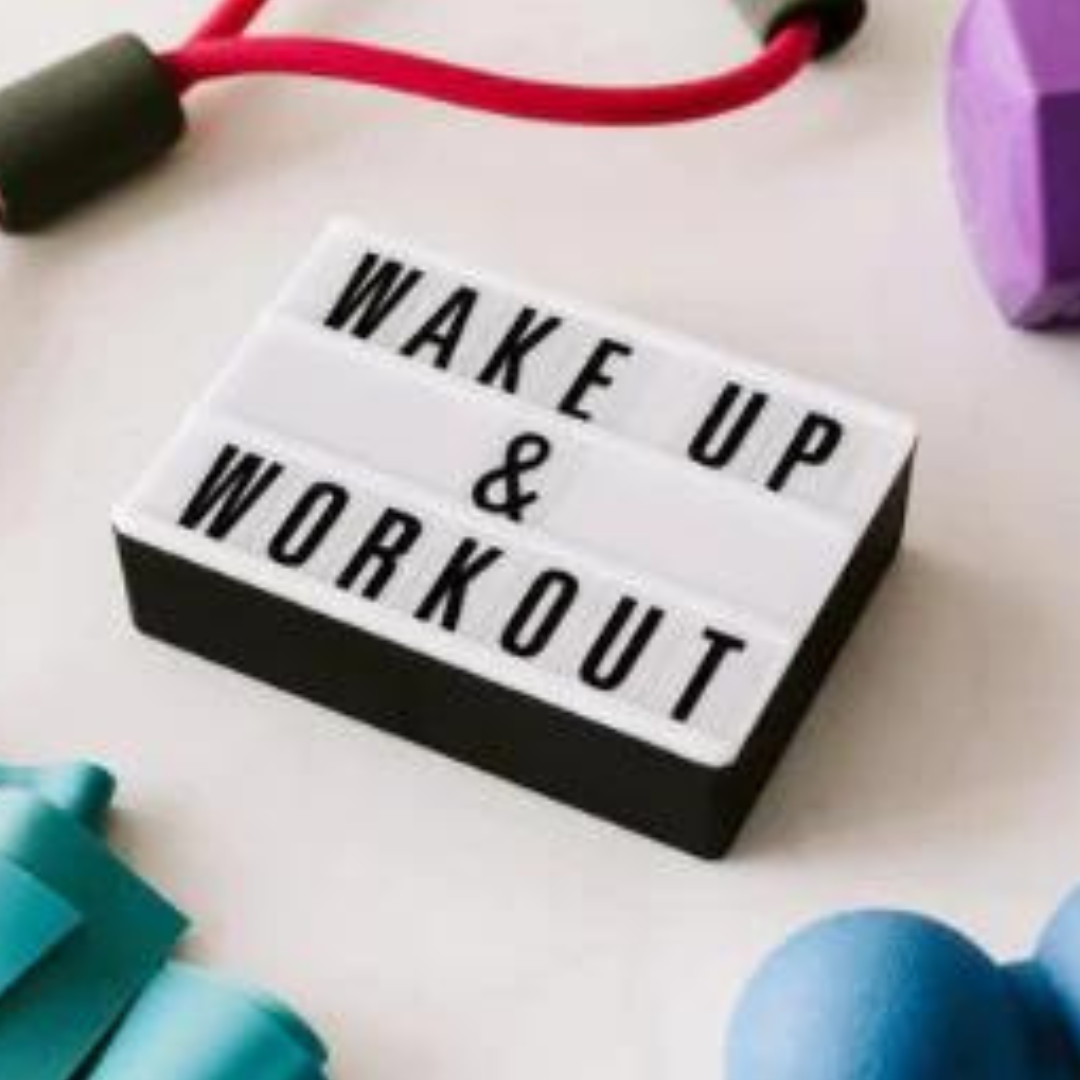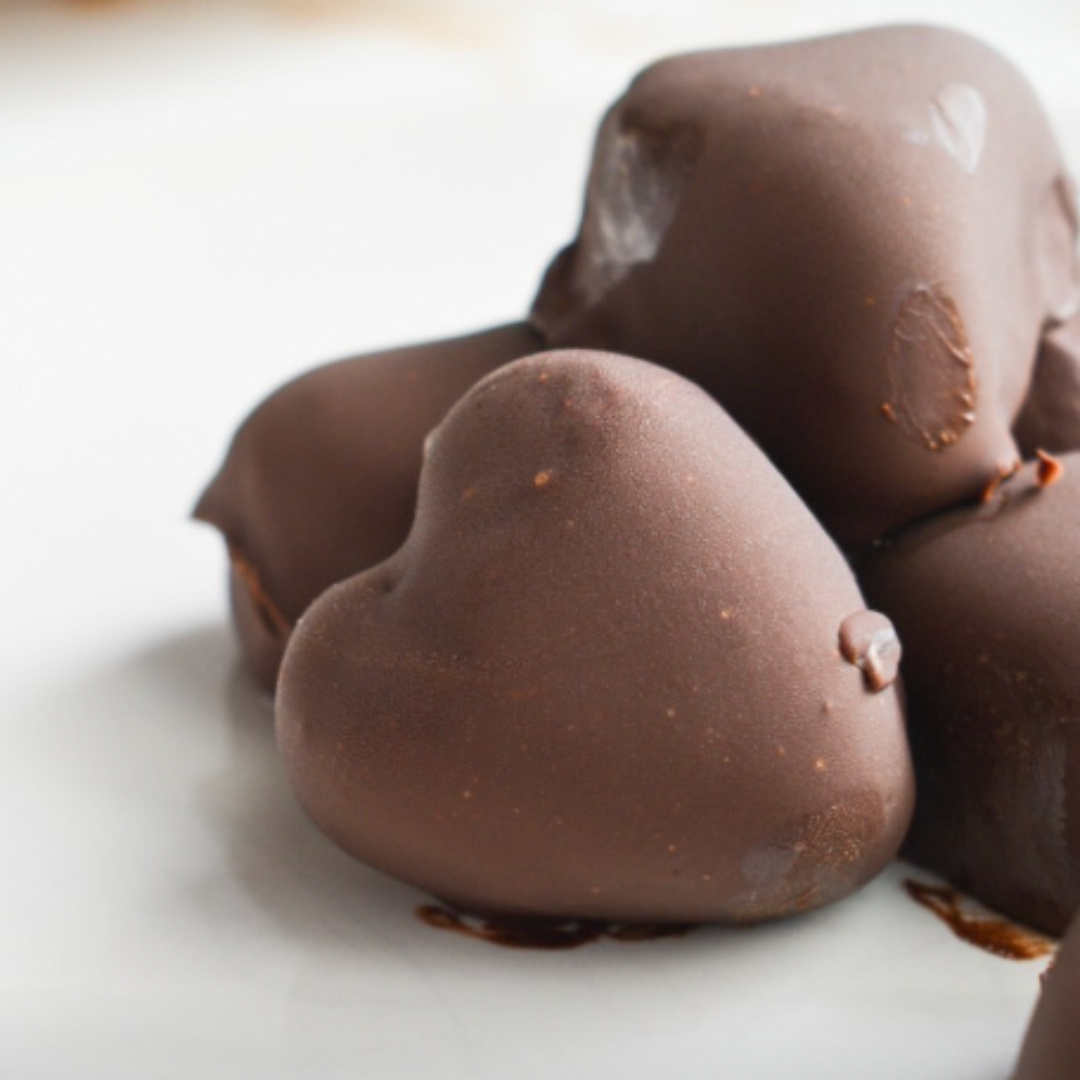Losing fat without losing muscle seems to be a challenge for many restricted dieters. Reducing your body weight while maintaining muscle mass or even gaining more is challenging and hard, but definitely not impossible. To achieve your goal you’ll need a strategy that includes appropriate nutrition and an exercise plan.
The ketogenic diet has become insanely popular, especially when it comes to losing weight. However, there’s a big misconception about bodybuilding and losing fat. There’s a widespread belief that in order to gain muscle mass and hence lose fat you need carbs. But much more complex than that.
As it turns out, the high-carb paradigm is outdated. As a matter of fact, a low carb diet can help increase strength and build muscle while avoiding fat gain.
Can you lose fat without losing muscle?
The answer is yes, you can. Although weight loss is associated with muscle loss most of the time, this doesn’t have to be your case. There are many ways to lose fat mass, and one of them is to be in a calorie deficit.

A calorie deficit is when you consume fewer calories than your body burns. Let’s say you burn 2000 calories per day but you only eat 1500 calories, then you’ll be in an 500-calorie deficit. However, to lose fat properly without losing muscle in the process of weight loss or body recomposition, you have to be very vigilant of what you eat and make sure that you’re not cutting calories too drastically. Your fat loss efforts should be gradual in order to make it in a healthy and sustainable way, and just like there are 5 benchmarks more important than weight, calories are not the only thing that matters.
Now that we’ve established that, in general terms, being in a calorie deficit is one of the basic rules for weight loss, we have to add that you don’t want to go overboard with it, or for a longer period of time. If you do so, the only thing you’ll get is slowing down your metabolism. So, you should aim for a maximum of 500 calorie deficit per day. Nevertheless, it’s been proved that you get better results if you go slow but in a sustainable way. Meaning that maybe cutting 500 calories daily is too hard to maintain for you, then try cutting only 200. It’ll take you longer to achieve your goals, but it’ll be sustainable and you probably won’t have anxiety, stress, or cravings during your diet, which is what everyone wants: a struggle-free diet!
Maintaining muscle mass is vital for your overall health; a good thing to keep in mind while trying to lose weight. Besides, the more muscle you gain, the faster and easier fat gets burned.
You can be in a calorie deficit naturally while preserving lean body mass by prioritizing whole foods instead of processed ones (like in a clean keto diet 2.0):
- Increasing your exercise weight
- Upping your protein intake
- Staying satiated for longer (fats helps as well as protein)
- All of the above!
Tips to lose fat and gain muscle while on keto
The following tips can help you structure a keto diet to lose fat and gain muscle so make sure to take notes!
Reduce and track your carb intake
We don’t mean track as in, if you go over the amount you’re aiming for you should eat less, no. It’s a process of trial and error to understand what works for your body and what doesn’t. A surplus of carbs in our bodiess leads to excess stored energy (glucose), that the body puts away in the fat storage which causes fat mass gain. However, since we don’t necesarily need carbs to maintain muscle mass, you can swap out carbs for healthy fats and healthy proteins.
If, however, you’re on ketosis, you can track your carbs so you’ll know if you’re eating the right amount of carbs for you which usually it’s less than 50 grams on average.*
What you can do as a pre-workout snack for you to have that long-lasting energy, is to consume MCTs or simply, a bar of Funky Fat Choc, to keep you satiated and energized for longer. This way you can do your workout feeling amazing as your body also digests it easily; no stomach pain or uncomfortable feelings while working out.
Here are other recipes you can make for pre-workout snacks:
Optimize your protein intake
It’s possible to follow a keto diet and still be short on protein, and we certainly cannot underestimate the power of eating more protein. Increasing the amount of protein in your diet is one of the keys to losing fat and still protect your muscle tissue. Healthy protein sources include whole foods such as red meat, eggs, chicken, nuts, fish, and seafood. Protein promotes fat loss naturally due to its higher thermic effect on food. This means that whenever you eat a protein-rich meal, 20 to 30% of the calories from that meal are burned during digestion.

Protein is the most satiating macronutrient, which will help you reduce your hunger and feel more filled. According to studies, you should aim to consume 1,6 to 2 grams of protein per kg if you’re planning on increasing muscle mass.
Do cardio and strength training exercise
Cardiovascular workouts burn calories and body fat. It doesn’t matter if it’s in the form of HIIT (high-intensity interval training) workout or biking, swimming, or any other cardiovascular activity. You should at least include 1 or 2 cardio sessions in your workout plan.

Yet you can’t forget about strength training. Strength training is a vital part of improving your overall fitness, not to mention your bone health (it slows bone loss) and improvements in mood. When you combine both, cardio and strength training, you lose fat, gain muscle, and benefit from an improvement of endurance, cardiac and respiratory function and coordination You simply can’t go wrong here!
Building muscle will improve your body composition and make you leaner while stronger. Increasing muscle mass also increases your resting metabolism, helping you lose more weight and keeping it off.
Track your fat intake
As you might know, monitoring your fat intake is very important on the keto diet, since your body relies on fat fuel. Try to keep in mind that your fat intake should be the 70 to 75% of your daily calories.
Rest and recovery
It’s important to take at least one rest day a week (7 Types of Rest). Physical rest will relieve your muscles, repair those that are sore and prevent injuries.

If you take more than one rest day per week, you can use one of them to do active rest or active recovery. Recovery and rest look different for each person, so you should simply follow whatever option fits your best.
Stay Hydrated
A lack of hydration reduces your strength and high-intensity endurance. When your body is dehydrated, electrolyte imbalances might occur, which could lead to symptoms like muscle cramps when exercising or immediately after, headaches, and dizziness, among others.
Make sure you drink enough water throughout the day, especially before and after a workout. You can also supplement with electrolytes to enhance your hydration.
Here’s a delicious Keto Electrolyte Drink you can make at home and take anywhere!
SUMMARY
It might be overwhelming to see all the tips we stated hear while hearing what people around you tell you would be best for you. What’s truly best for you is to firstly understand what your goal is, why you’re doing it and set your mind to achieving it no matter what (but obviously, healthily and loving yourself).
*Consult your doctor what works best for you depending on your health goals.
Other blogs you might enjoy:




Leave a comment
All comments are moderated before being published.
This site is protected by hCaptcha and the hCaptcha Privacy Policy and Terms of Service apply.